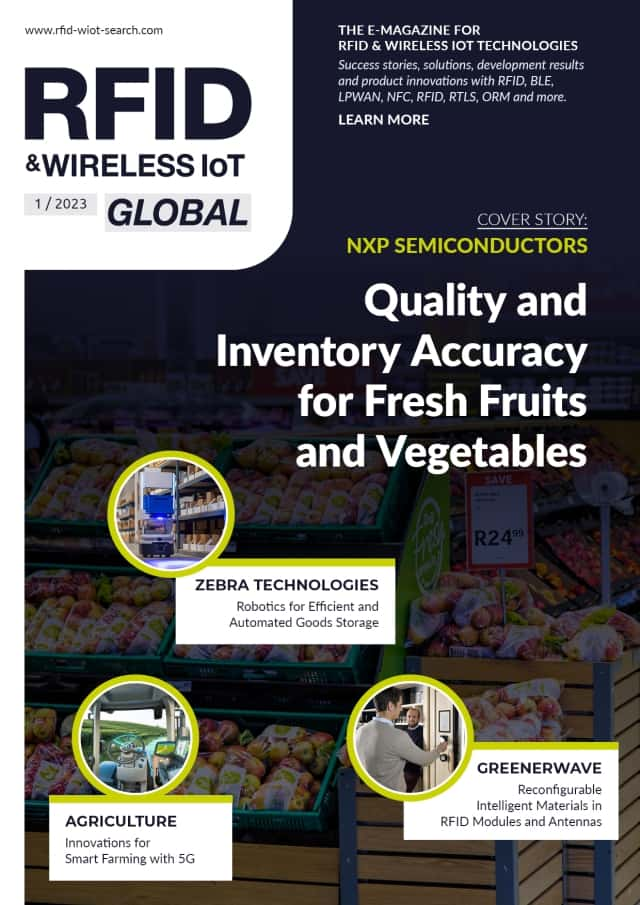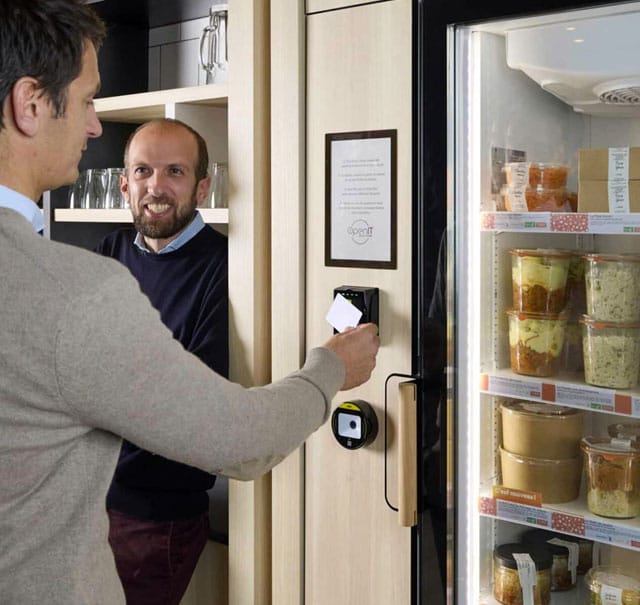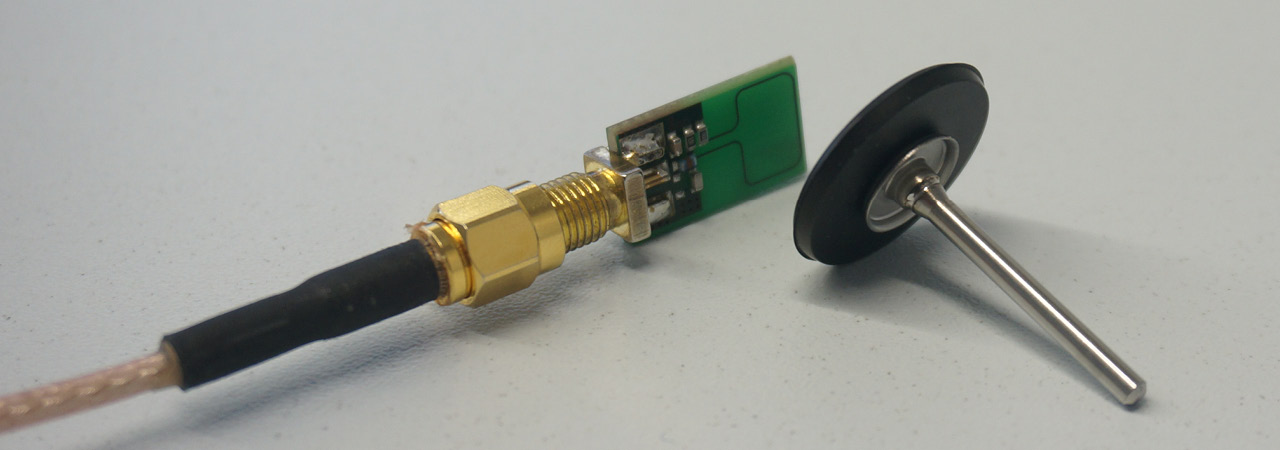With integrated transponders, even the smallest rubber components become building blocks in industrial IoT!
In an in-house research and development project that lasted over two years, Dätwyler researched the integration of RFID technology directly into components made of elastomers.
Elastomers are dimensionally stable but flexible plastics that can be formed into other shapes by pulling. After deformation, however, they regain their original shape. Elastomers are used in the production of tires and seals.
In an interview with RFID & Wireless IoT Global, Dr. Norbert Haberland, Head of Cooperation & Business Development, and Sven Gisler, Advanced Technology Development Manager, Dätwyler, report on the results of the research project and why the integration of RFID is so interesting.
Why 100 percent traceability of elastomers?
"Seals made of elastomers are used, for example, in the operation of machines or engines," explains Dr. Haberland. Wearout or poor quality of a seal can have far-reaching consequences if it causes the machine to fail or even be damaged. Liability and insurance issues also arise.
"That is why 100 percent traceability at the individual part level makes it possible to monitor the seals. For each individual component, every manufacturing step can be traced exactly. This provides proof that a seal is 100 percent in order and did not cause the machine to fail. With integrated transponders, even the smallest rubber components become building blocks in industrial IoT."
Counterfeiting of elastomers almost impossible with RFID
Products made of Dätwyler elastomers are used worldwide. And as in every industrial sector, elastomer components are also affected by product counterfeiting. This applies equally to systems in which these elastomers are integrated.
"The integration of RFID chips presents potential counterfeiters with two hurdles. Firstly, an exact copy of the tag would have to be made and secondly, the insertion into the elastomer material is a highly complex process that can hardly be reproduced without know-how," explains Dr. Haberland. The solution from Dätwyler thus also indirectly supports the detection of counterfeit systems.
Integration of RFID in rubber components is not trivial
Even though the integration of RFID tags into plastic components or packaging has been possible for many years, elastomer materials pose specific challenges for embedding the tags. "The precision of tag placement during embedding must be absolutely exact," as Gisler explains. "To this end, we have developed our own process." An operational demonstrator is the result of the development work. It realizes the embedding of especially developed tags under industrial production conditions.
Placement ensures exactly repeatable detection
Within the entirety of the elastomer production process, how to place the tags accounted for the largest share of research activities. The repeatability of the exact identical positioning of the tags in the product ensures that the tags are always detected at the same angle and distance with specially developed reader antennas.
"The process we designed keeps the tag in a predetermined position during the injection molding process. This means that the tag cannot be pressed to the outermost edge where it is no longer protected from external influences. If this were the case, the objective of counterfeit protection could no longer be achieved," reports Sven Gisler.
Technology of choice: UHF RFID
For the tags used, Dätwyler relies on UHF RFID ICs, which are connected to an antenna which is designed to best suit the shape and size of the component at hand. Due to the compact tag sizes, the reading ranges are smaller than those of "classic" UHF logistics applications, but they still exceed those of HF tags. UHF technology also allows efficient bulk detection.
There will not be a "standard solution”
Dr. Haberland and Sven Gisler emphasize that the developed demonstrator is fully operational, and prototypes can be produced to demonstrate the functionality of the solution. "For each component, the area in which corresponding tags can be integrated is determined in consultation with the end user. A separate application development is necessary for each component. The technology - proof of feasibility, reproducibility, functionality – is now available at Dätwyler."
Future: RFID in elastomer components through to electroactive polymers
Dätwyler's Advanced Technologies Division is responsible for the entire field of evaluating and developing breakthrough technologies – from additive manufacturing, printed and integrated electronic components to electroactive polymers.
"We have established a technology roadmap. We have defined the key technologies for Dätwyler that we want to focus on in the future and develop new ones for our products and solutions. RFID technology is one of the important building blocks on this roadmap," emphasises Dr Haberland.



















